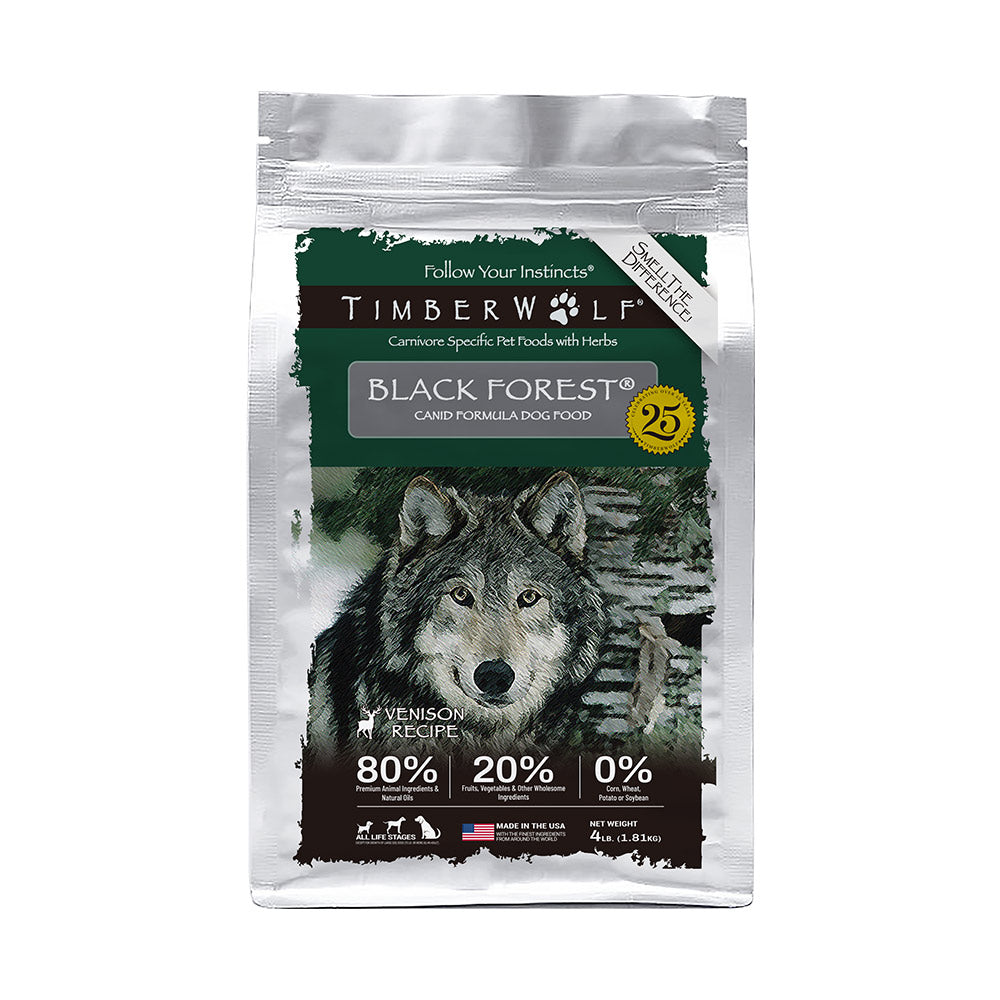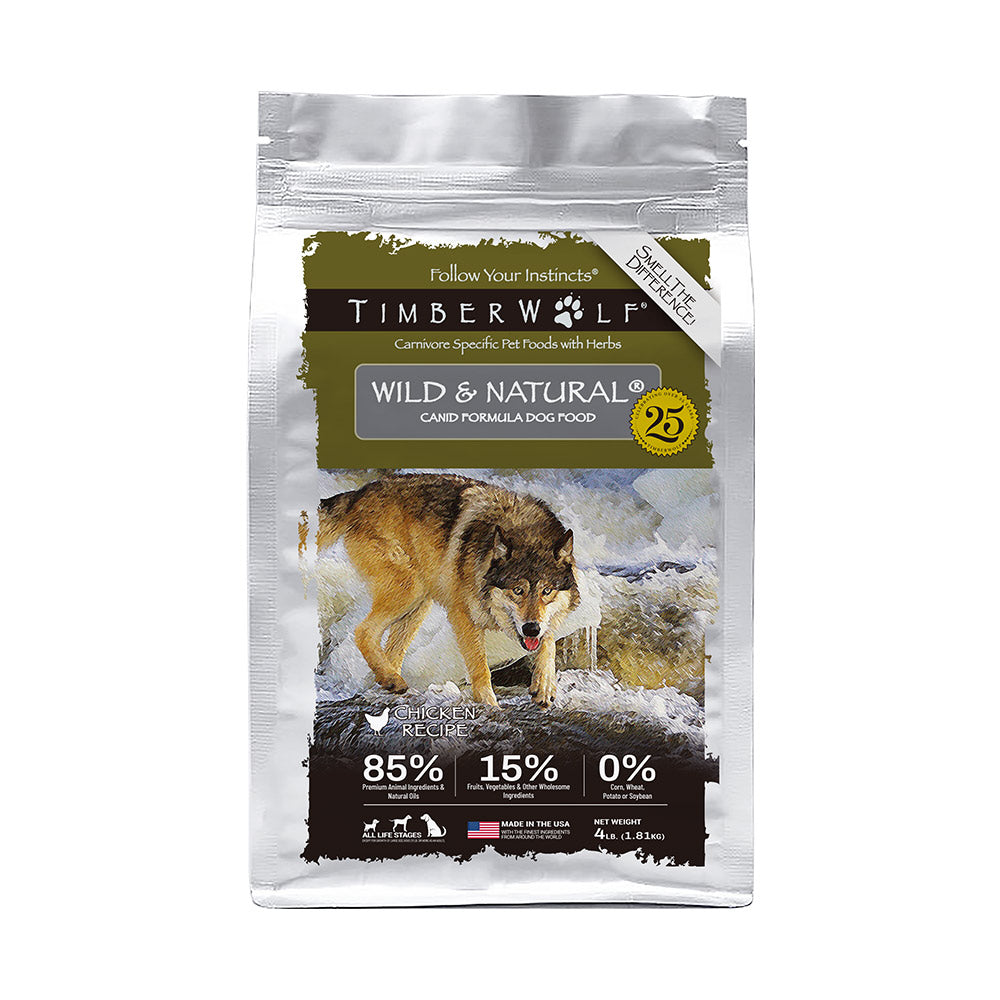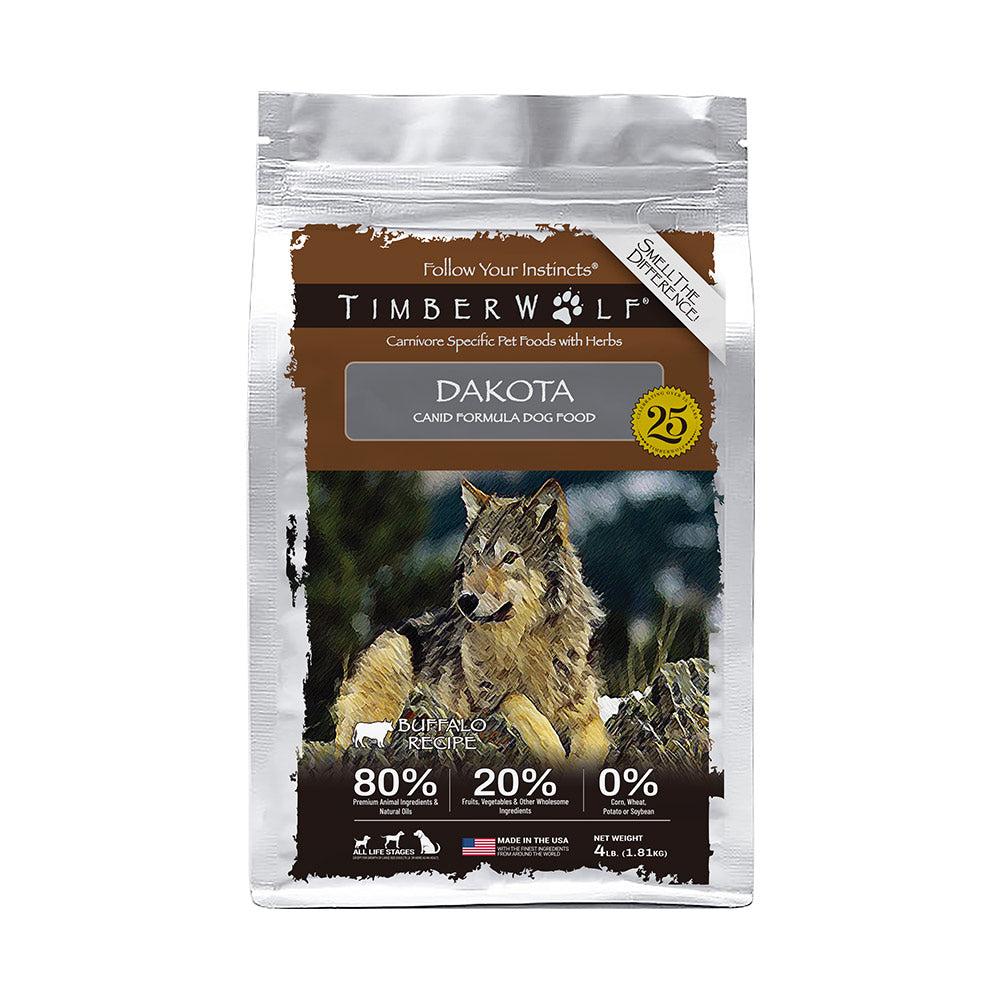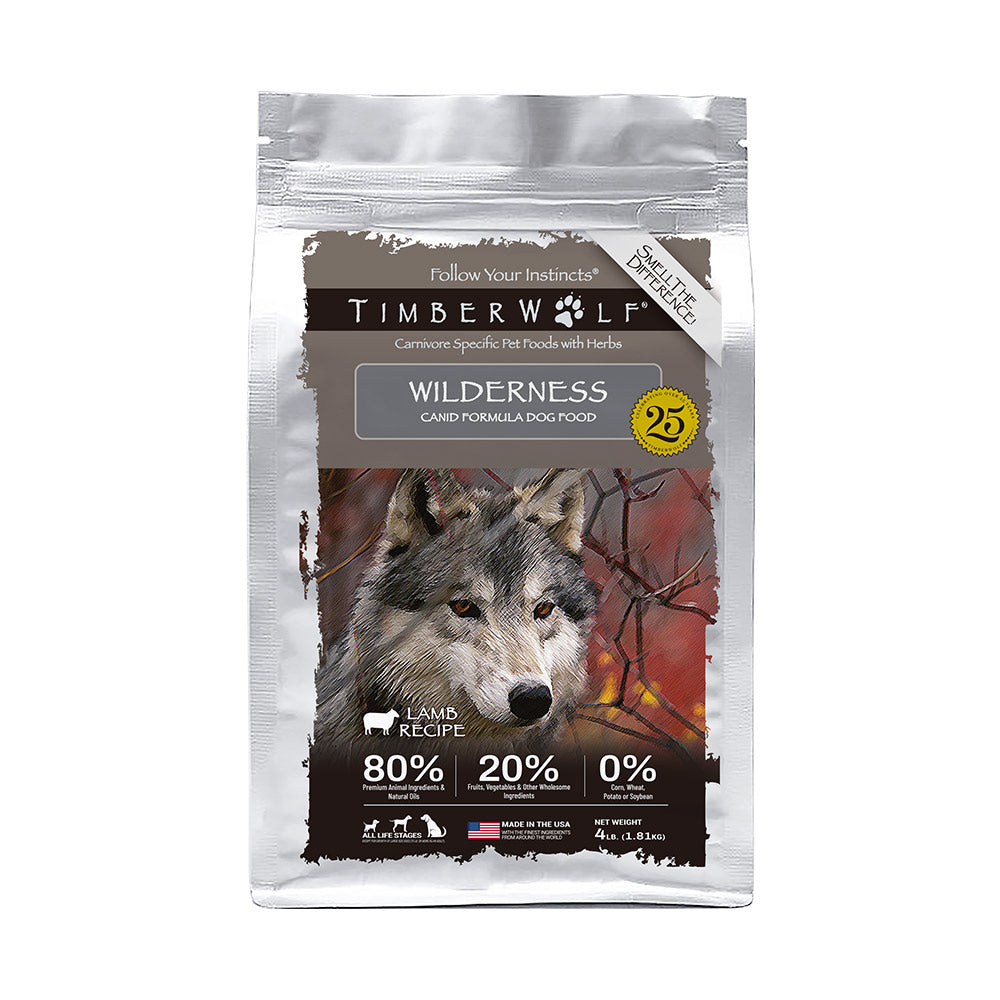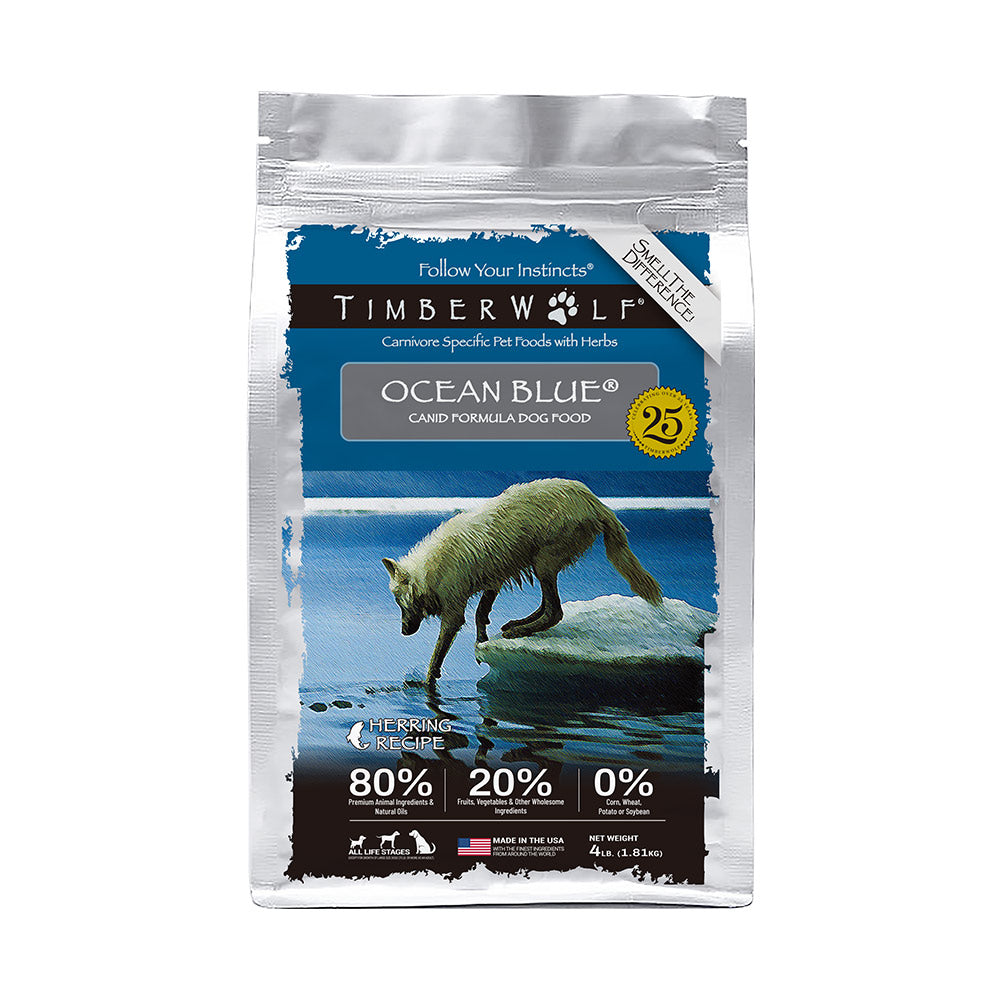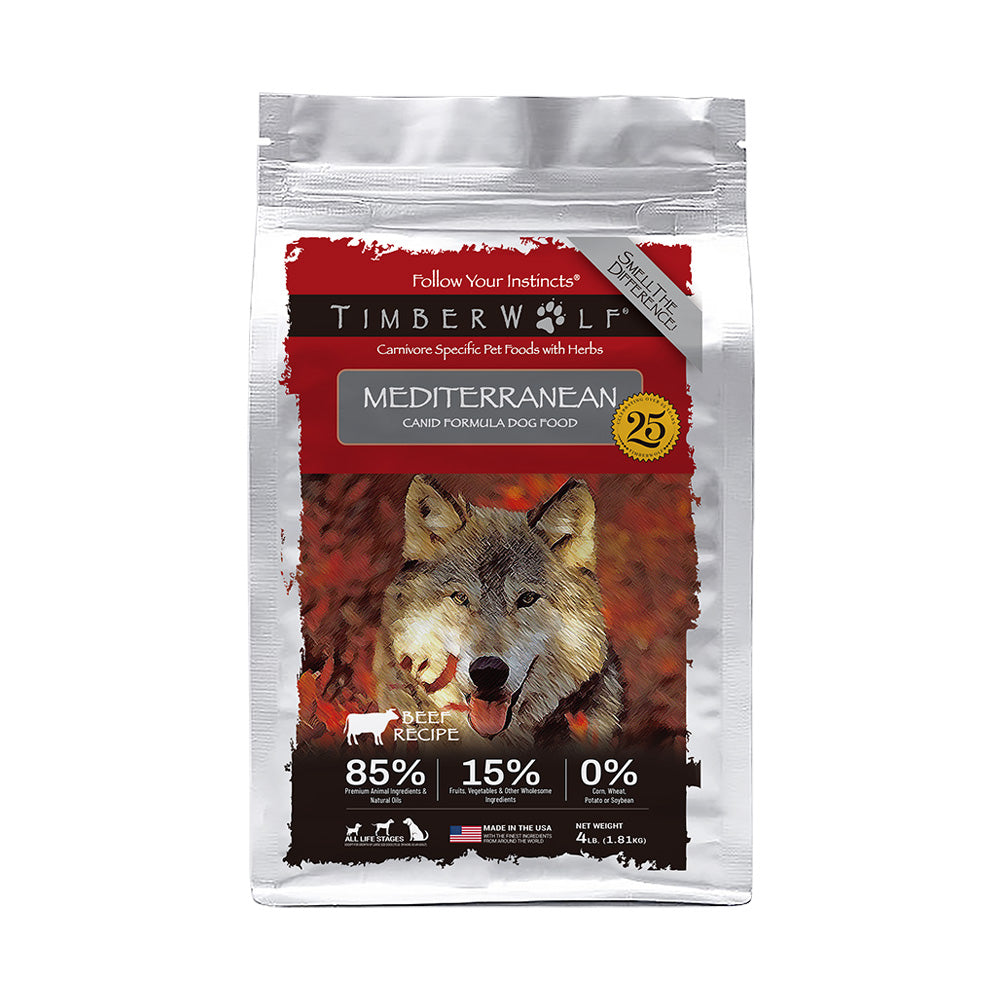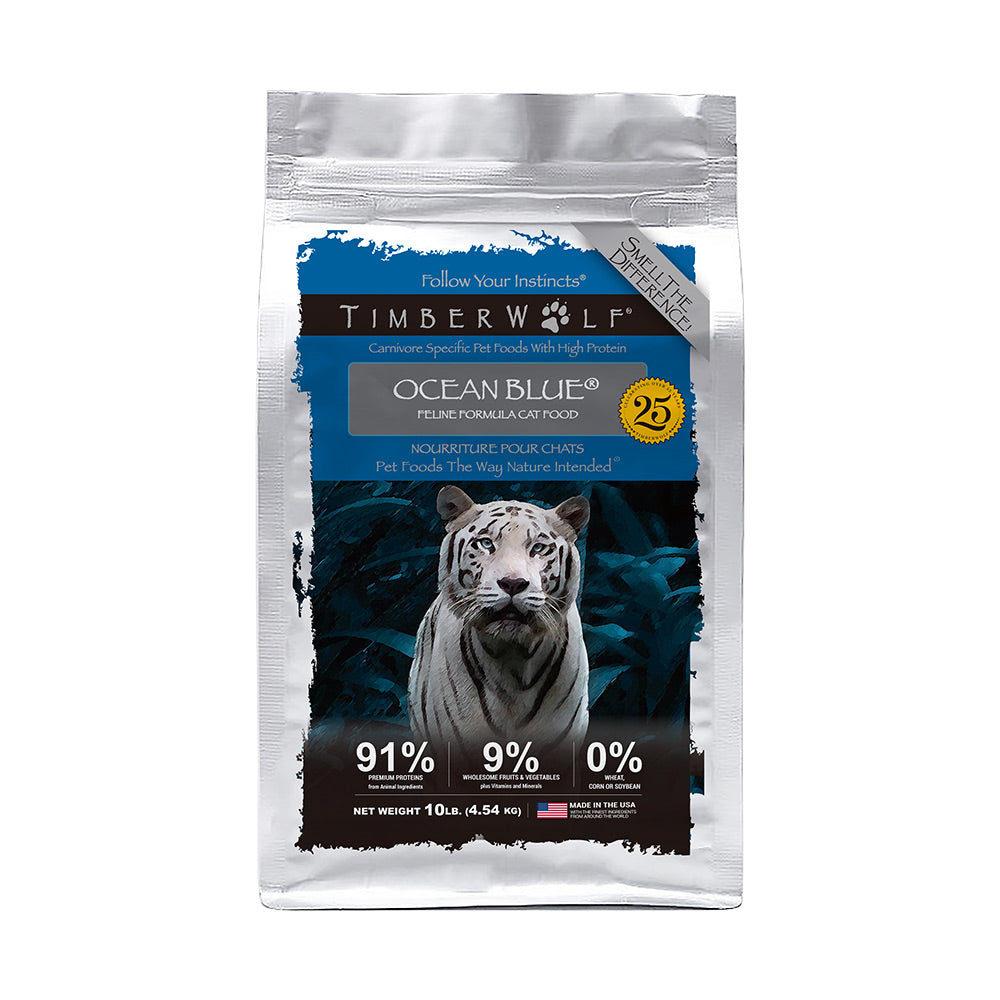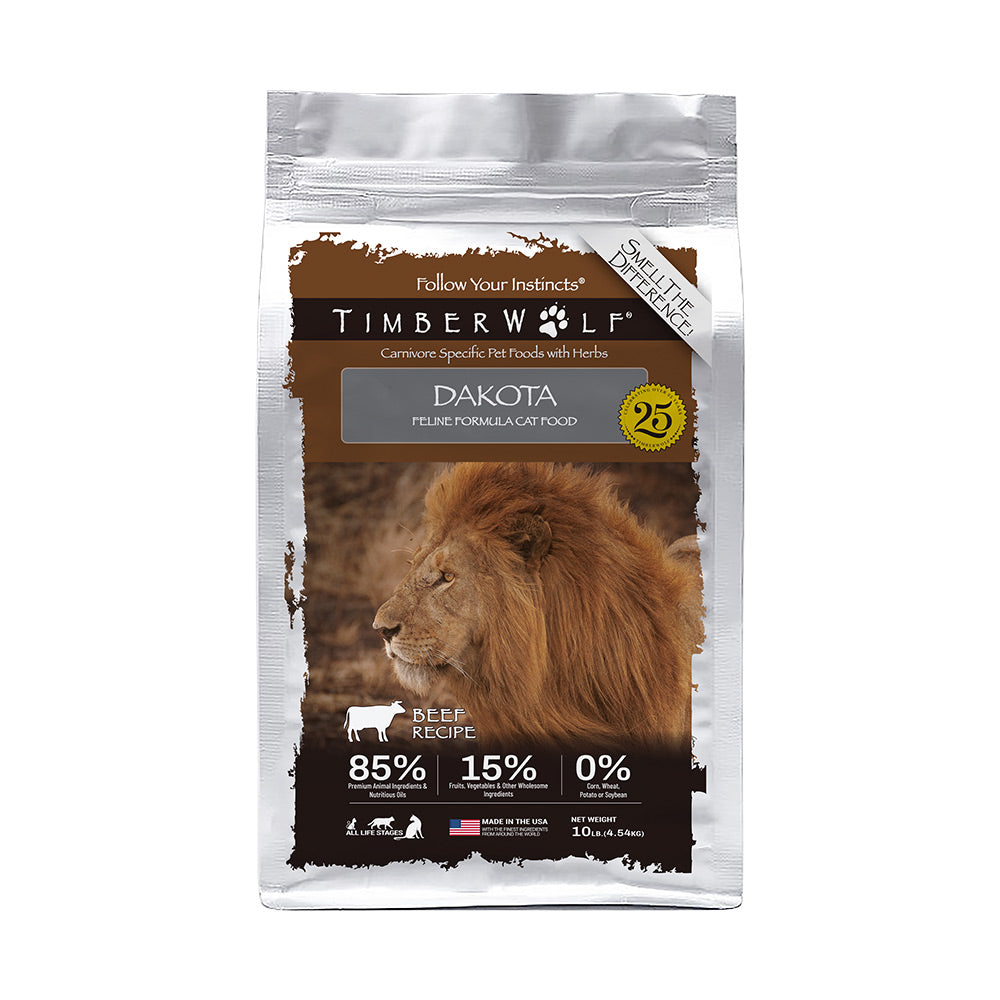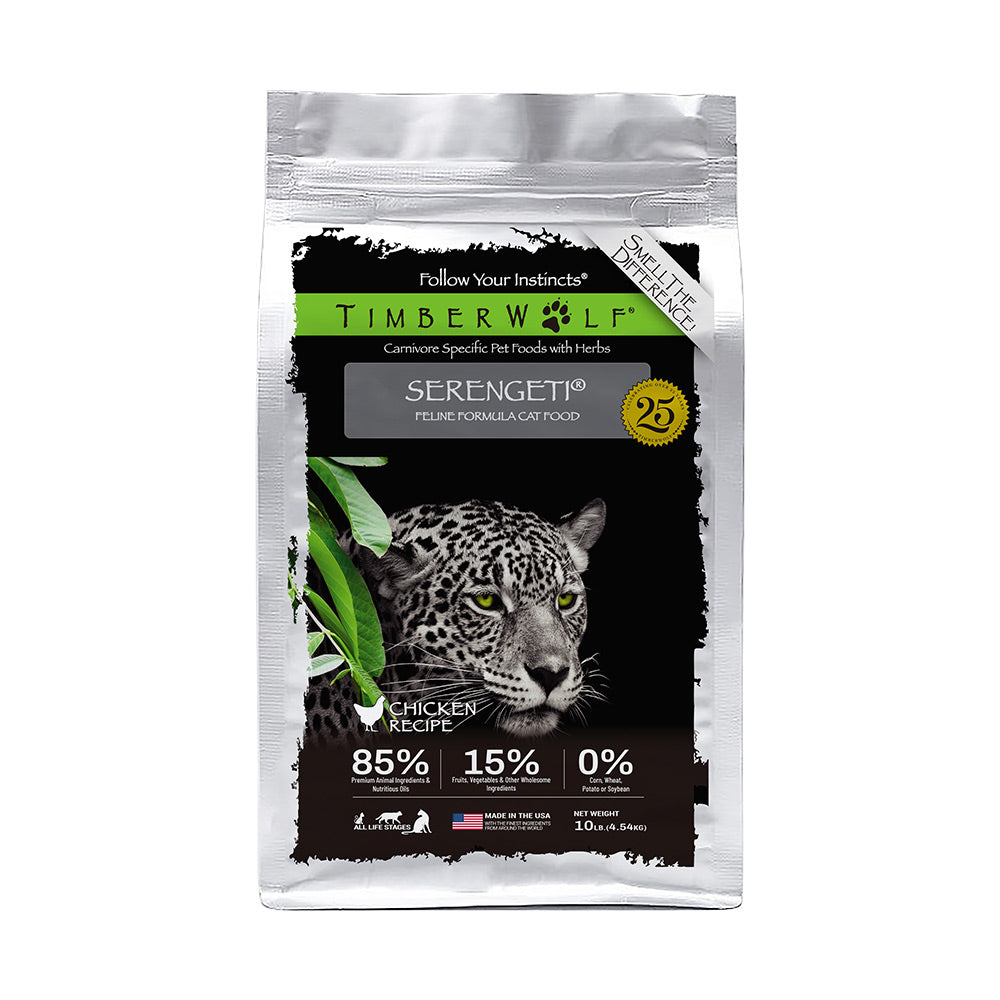
Husky Mastiff Mix: Bullsky Personality, Health and Grooming
Crossbreed dogs are very popular with breeders hoping to get the best traits from two beloved breeds of dog. Bullmastiffs and Siberian Huskies are two large breed dogs with big personalities to match. A cross between the two makes a ‘Bullsky’ or a ‘Bullsky Mastiff’. Let’s find out more about this adorable mix and how to provide for their needs.
Personality

Bullsky can be stubborn and are not the easiest breed to train for new pet parents.
Siberian Huskies and Bullmastiffs are both large breeds but have very different personalities. Siberian Huskies are independent dogs and love to run. They are intelligent and thrive on human company but need firm, gentle training from puppyhood. They have a strong prey drive and may chase cats and livestock. They howl rather than bark and can be very loud. Bullmastiffs were originally bred as guard dogs. They are brave and courageous and natural protectors. They make loyal family pets and are notoriously laid-back at home.
The Husky-Mastiff mix dogs are about the same size as their Bullmastiff parents with a powerful, broad head. These dogs love to run and play but won’t miss the opportunity to snuggle at home either! This hybrid dog is fun-loving and loyal, but also very active. They can be stubborn and are not the easiest breed to train for new pet parents. However, in the right environment and with a lot of commitment they can make a loyal pet that is part of the family.
Lifespan
The average lifespan of a Husky is 10-13 years and slightly shorter for a Bullmastiff at 8-10 years owing to their larger size. A husky-Bullmastiff cross can be expected to live 10-11 years on average.
Exercise needs
The ‘Bullsky’ or husky-mastiff cross is a large breed dog that requires plenty of space to run and play. They can grow up to 110 pounds with male dogs often weighing more than female dogs. They require regular exercise, up to 2 hours per day but also need mental stimulation. Being half husky, they can be highly strung and very intelligent so plenty of brain stimulation in the form of training games and enrichment activities is required. Check out this article for lots of homemade enrichment ideas for your dog.
A Husky Mastiff cross may not be a great dog if you are a city dweller and live in a small apartment. They need space to roam and play. If they are stuck indoors, or in a small space with little activity, they may get frustrated and become destructive.
They are strong dogs and need training to walk on a leash without pulling. They love nothing more than to explore with you.
Sociability

Bullmastiffs were originally bred as guard dogs. They are brave and courageous and natural protectors.
Husky-mastiffs are generally good around other dogs and animals, as long as they learn how to be around them from a young age. Early socialization from puppyhood is very important. They do, however, have a strong prey drive and may be prone to chasing smaller animals such as cats.
They are friendly dogs although may take time to come around to new people. They will often keep a polite distance from people they don’t know and have a strong guarding instinct so will be wary of letting strangers enter your house or property.
Grooming
Depending on the genetics, husky-mastiff cross dogs may have thicker, longer coats like a Husky or a shorter, denser coat like a Mastiff. Their color may vary widely depending on the parent’s colors. They can be tan, white, black and white, or grey. Short hair Bullskies require less grooming than long-haired dogs.
Food and Diet Requirements
As a breed, Husky Mastiff crosses do not require a different diet than any other large breed dog. They are a very active breed and a diet high in good quality protein is recommended to ensure adequate energy and muscle mass. They are a large breed and require a lot of food, making them expensive to feed. Above all, a well-balanced, nutritionally complete diet is recommended that contains meat, vegetables, and grains.
Many Husky owners advocate for raw feeding. However, this comes with its risks and there are many other ways to provide a healthy diet for your dog. Check out this article on our blog to learn more about raw feeding huskies.
Health
Most Bullsky Mastiffs grow up to be healthy happy dogs. Regular trips to your veterinarian for preventative treatment will help keep your dog in top condition and pick up on any problems early allowing for more effective treatment. As a breed, they can inherit the Bullmastiff’s predisposition to heart disease. They can be prone to cardiomyopathies which is a genetic disease of the heart muscle. As a large breed dog, they can also be prone to hip dysplasia and joint disease. Mastiffs can develop problems with the eyes and eyelids. Entropion is a condition where the eyelids roll inwards, often due to the excess skin and rolls around a mastiff’s face. This can cause serious and painful eye problems if left untreated.

Mastiffs make great family pets in the correct environment and with the right training.
FAQs:
How big will a Husky Mastiff mix get?
Husky-Mastiff crossbreed dogs tend to be more Mastiff size than Husky size. They are typically 20-24 inches tall and weigh between 50 and 110 pounds. They have a stocky, powerful body and short muzzles similar to a Mastiff.
Are Mastiff mixes good family dogs?
Mastiffs make great family pets in the correct environment and with the right training. They are loyal and are bred to guard meaning that they can be suspicious of new people entering the home. Overall, they are sweet, playful, and smart and make a good addition to an active family. They are a large breed, however, and may not be suitable for toddlers and very small children. A Mastiff Husky mix may tend to howl, especially when left alone. They love to be with people, so a busy family house is a great environment for them
How much is a Husky Mastiff?
Bullsky mastiffs are sold anywhere between a few hundred and a couple of thousand dollars. The parents’ health and pedigree history are typically considered when a breeder prices their puppies for sale.
If you are considering bringing this breed into your home, do your research, consider connecting with someone who already owns a dog of this mix to hear their personal experiences. Ensure you are confident you can provide enough space and time for their exercise and training needs, and above all have fun – they will make a loyal and loving companion. Now all that’s left to decide is a name for your new family member and here are some great husky name suggestions.
- Choosing a selection results in a full page refresh.
